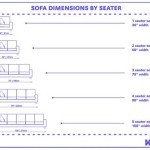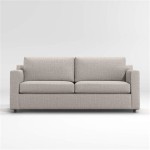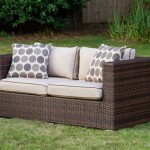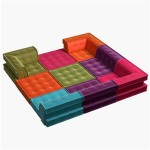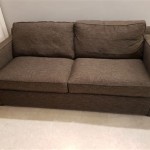Unveiling the Essence of Leather Material Sofas: A Comprehensive Guide
When it comes to furnishing your living space with sophistication and comfort, leather material sofas reign supreme. As an enduring material, leather has been prized for centuries for its timeless appeal, durability, and luxurious feel. In this article, we delve into the essential aspects of leather material sofas, providing an in-depth exploration of their characteristics, advantages, and maintenance tips.
Types of Leather
The choice of leather used in sofas significantly influences its appearance and longevity. Here are the most prevalent types:
- Full-grain leather: The highest quality and most durable leather, retaining the natural grain and character of the hide.
- Top-grain leather: Similar to full-grain, but with a sanded or buffed surface for a more uniform appearance.
- Split-grain leather: A thinner leather derived from the lower layers of the hide, often used in combination with other materials.
- Bonded leather: A combination of leather fibers and other materials, offering a more affordable option with a similar look to genuine leather.
Advantages of Leather Material Sofas
Leather material sofas offer numerous advantages over other upholstery options:
- Durability: Leather is renowned for its exceptional durability, withstanding wear and tear for years.
- Easy maintenance: Spills and stains can be easily wiped away with a damp cloth, making leather sofas highly practical.
- Comfort: Genuine leather breathes and conforms to your body, providing a comfortable seating experience.
- Elegance: The timeless appeal of leather adds a touch of sophistication to any interior design scheme.
- Investment value: High-quality leather material sofas retain their value over time, making them a worthy investment.
Maintenance Tips
To ensure the longevity and pristine condition of your leather material sofa, follow these maintenance tips:
- Regular cleaning: Wipe down the sofa with a damp cloth or use a leather cleaner specifically designed for your type of leather.
- Avoid sunlight: Direct sunlight can fade or damage the leather. Position your sofa away from windows or cover it when not in use.
- Conditioning: Apply a leather conditioner once or twice a year to nourish the leather and prevent cracking.
- Handle spills promptly: Blot up spills immediately using a clean cloth. Avoid rubbing, as it can damage the leather.
- Professional cleaning: If necessary, hire a professional leather cleaner to deep-clean and restore your sofa to its original condition.
Conclusion
Investing in a leather material sofa is an excellent choice for those seeking a combination of luxury, durability, and practicality. With proper care and maintenance, your leather sofa will become a cherished piece of furniture that will grace your living space for years to come. By understanding the different types of leather, its advantages, and the essential maintenance tips, you can make an informed decision and enjoy the timeless beauty and comfort of a leather material sofa.

Leather Vs Fabric Sofa Which Is The Better Choice

A New Sofa Leather Vs Fabric Pros And Cons Which Is Best Millers

Tetrad Mixed Leather Fabric Sofas Constable Lowry Montana Warwick

Genuine Leather Couches South All You Need To Know

Leather Upholstery Fabric Calgary Interiors

Leather Vs Fabric Sofas Which Will You Choose 1933 Furniture

You Don T Want To Buy Pvc Sofas

8 Types Of Leather Furniture Blog

The English Sofa Company Portland Leather 3 Seater Sb Fabric Mix N A

Can You Mix Leather And Fabric Furniture

